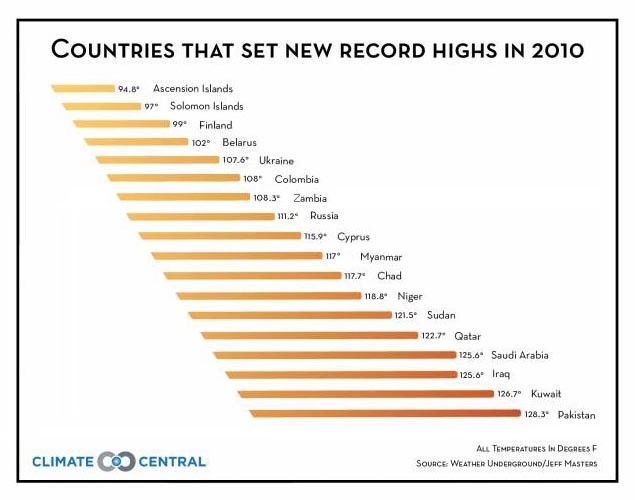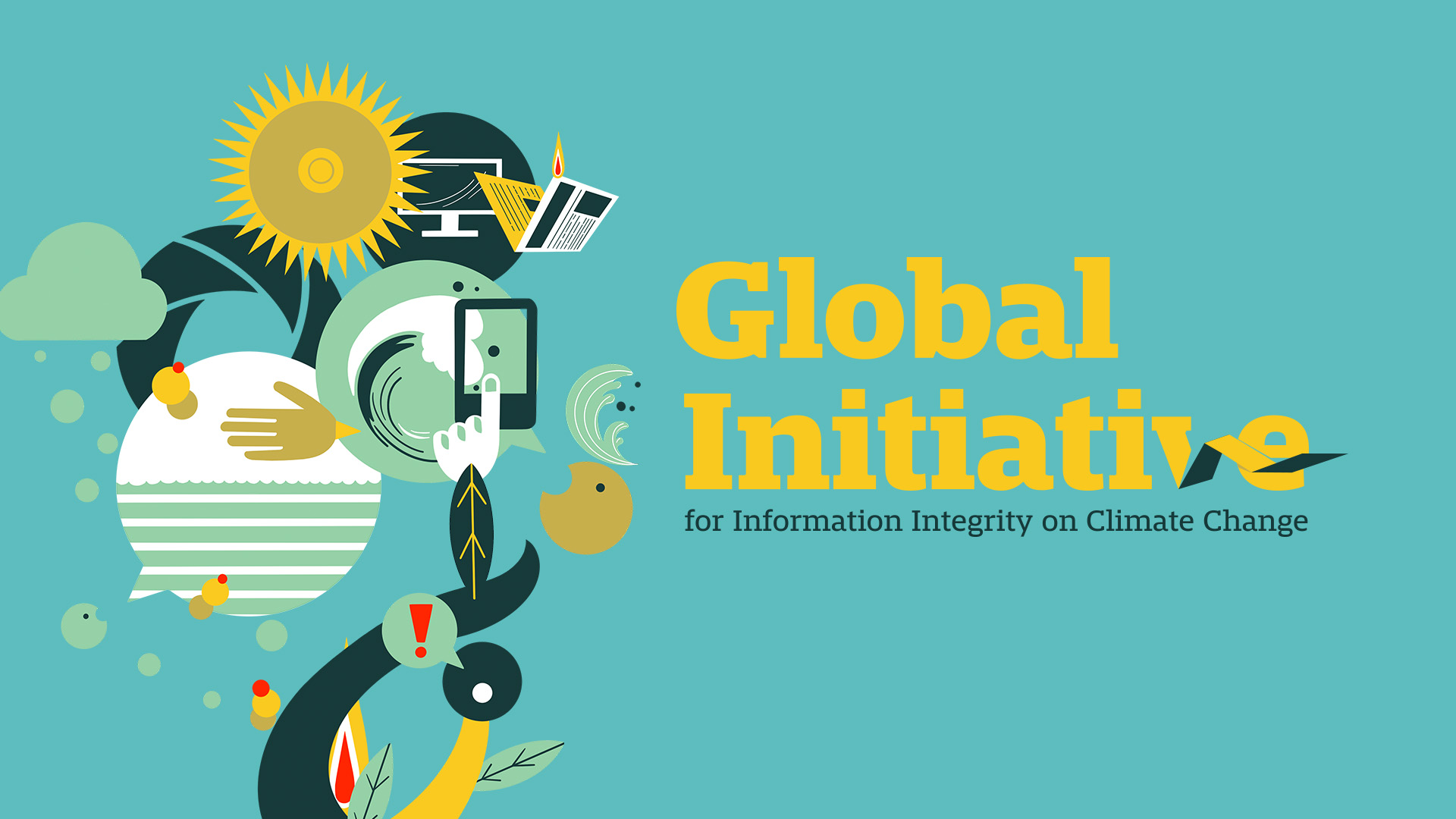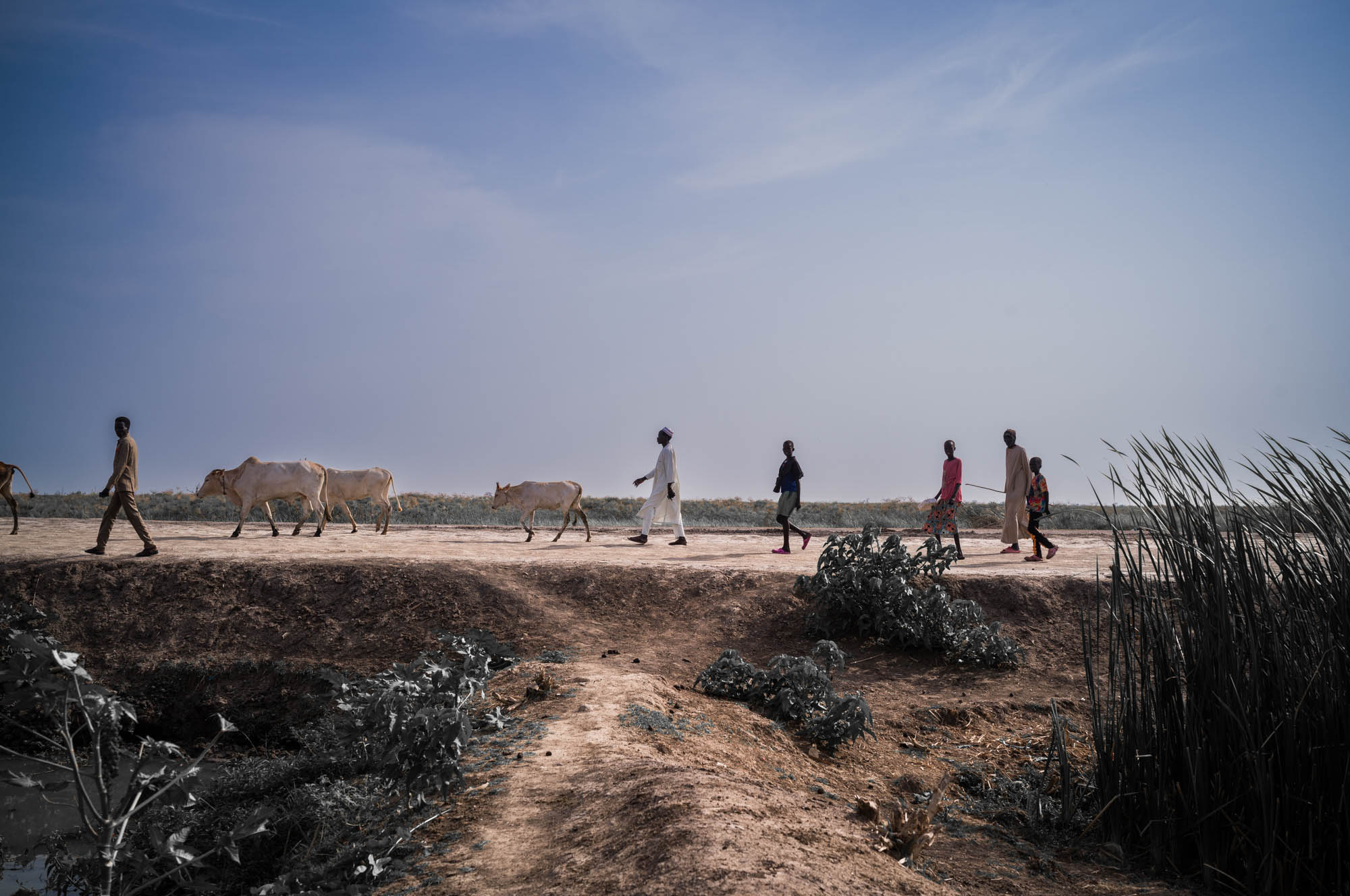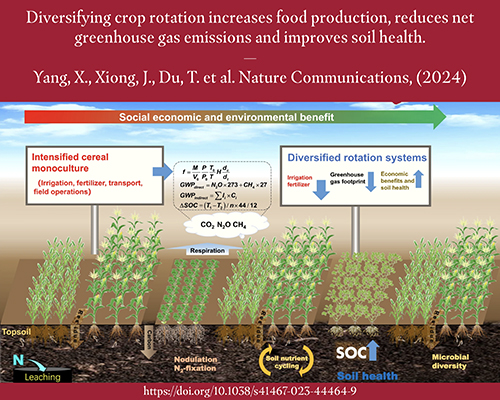Report on the Introduction of New GRI Standards for Climate and Energy Reporting
Introduction and Alignment with Sustainable Development Goals (SDGs)
The Global Reporting Initiative (GRI) has released two updated topic standards, GRI 102: Climate Change (2025) and GRI 103: Energy (2025). These standards are scheduled to become effective for reporting periods commencing on or after January 1, 2027, with early adoption encouraged. They will supersede GRI 305: Emissions (2016), GRI 302: Energy (2016), and Disclosure 201-2 from GRI 201. The introduction of these standards marks a significant step towards aligning corporate sustainability reporting with global imperatives, most notably the United Nations Sustainable Development Goals (SDGs), by demanding more rigorous and comprehensive disclosures on climate and energy performance.
Implications for Reporting Organizations and SDG Contribution
Organizations currently utilizing the GRI Standards must prepare for expanded disclosure requirements that directly support the achievement of multiple SDGs. Key preparatory actions include:
- Data System Re-evaluation: Organizations must enhance data collection systems and methodologies to align with the GHG Protocol. This ensures accurate reporting for GRI 102 and GRI 103, which is fundamental for measuring progress against SDG 13 (Climate Action) and SDG 7 (Affordable and Clean Energy).
- Leveraging Interoperability: Examining the interoperability between the new GRI Standards and regulatory frameworks like the EU’s CSRD and California’s SB 253/261 is critical. This harmonization strengthens corporate accountability and streamlines reporting, contributing to SDG 12 (Responsible Consumption and Production) and SDG 17 (Partnerships for the Goals).
Analysis of GRI 102: Climate Change (2025)
Key Updates and Linkages to the SDGs
- Climate Transition Plans: The standard mandates disclosure of climate transition plans aligned with a 1.5°C pathway. This directly addresses SDG 13 (Climate Action) by requiring scientifically-grounded strategies for decarbonization and supports SDG 9 (Industry, Innovation and Infrastructure) by fostering resilient and sustainable industrial practices.
- Adaptation to Physical Risks: New requirements for disclosing physical climate risks and adaptation strategies enhance organizational resilience. This contributes to SDG 13 (Climate Action) and SDG 11 (Sustainable Cities and Communities) by ensuring that businesses can withstand and adapt to climate impacts.
- Expanded GHG Emissions Reporting: The standard requires more granular reporting on Scope 1, 2, and 3 emissions, in line with the GHG Protocol. This provides critical data for tracking progress on SDG 13 (Climate Action) and promotes transparency in resource management, a key aspect of SDG 12 (Responsible Consumption and Production).
- Carbon Credits and GHG Removals: Mandatory disclosures on the use of carbon credits and GHG removals ensure transparency and integrity in climate mitigation strategies. This supports SDG 13 (Climate Action) by preventing greenwashing and contributes to SDG 15 (Life on Land) by clarifying the role of nature-based solutions.
- Just Transition: The introduction of disclosures on the social impacts of climate transition efforts on workers and communities is a significant advancement. This directly addresses SDG 8 (Decent Work and Economic Growth), SDG 10 (Reduced Inequalities), and SDG 1 (No Poverty) by ensuring that the transition to a low-carbon economy is equitable and inclusive.
Analysis of GRI 103: Energy (2025)
Key Updates and Linkages to the SDGs
- Energy Consumption: The requirement to break down energy consumption by renewable and non-renewable sources provides a clear metric for an organization’s transition to clean energy, directly supporting SDG 7 (Affordable and Clean Energy). This also informs stakeholders about consumption patterns, relevant to SDG 12 (Responsible Consumption and Production).
- Energy Efficiency: Outcome-based reporting on energy efficiency initiatives aligns with Target 7.3 of SDG 7 (Affordable and Clean Energy), which aims to double the global rate of improvement in energy efficiency. Improved efficiency also reduces emissions, contributing to SDG 13 (Climate Action).
- Upstream and Downstream Impacts: New disclosures on the environmental and social impacts of energy sourcing across the value chain broaden corporate responsibility. This promotes a holistic approach consistent with SDG 12 (Responsible Consumption and Production) and encourages consideration of social welfare in energy procurement, linking to SDG 8 (Decent Work and Economic Growth).
1. Which SDGs are addressed or connected to the issues highlighted in the article?
-
SDG 7: Affordable and Clean Energy
The article directly addresses this goal through the introduction of the new GRI 103: Energy (2025) standard. This standard focuses on detailed reporting of energy consumption, the mix of renewable and non-renewable sources, and energy efficiency initiatives, all of which are central to SDG 7.
-
SDG 8: Decent Work and Economic Growth
This goal is connected through the new requirement in GRI 102 to disclose information on the “Just Transition.” The article specifies this involves reporting on the “social impacts of climate transition efforts, specifically regarding workers, communities, and Indigenous Peoples,” which aligns with ensuring decent work and inclusive economic growth during the shift to a greener economy.
-
SDG 12: Responsible Consumption and Production
The article’s entire focus is on a corporate sustainability reporting framework (GRI). This directly supports the call for companies to adopt sustainable practices and integrate sustainability information into their reporting cycles. Furthermore, the new standards require disclosures on “Upstream and Downstream Impacts” of energy use and expanded reporting on the full value chain (Scope 3 emissions), which are key components of responsible consumption and production patterns.
-
SDG 13: Climate Action
This is the most prominent SDG in the article. The new GRI 102: Climate Change (2025) standard is explicitly designed to enhance corporate reporting on climate action. It mandates disclosures on climate transition plans aligned with a 1.5°C pathway, adaptation to physical risks, and comprehensive GHG emissions reporting, all of which are fundamental to taking urgent action to combat climate change and its impacts.
2. What specific targets under those SDGs can be identified based on the article’s content?
-
SDG 7: Affordable and Clean Energy
- Target 7.2: By 2030, increase substantially the share of renewable energy in the global energy mix. The article supports this by mentioning the GRI 103 requirement to disclose “total energy consumption, broken down by renewable vs. non-renewable sources.” This disclosure makes corporate contributions to this target transparent.
- Target 7.3: By 2030, double the global rate of improvement in energy efficiency. The article addresses this with the GRI 103 requirement for “outcome-based reporting on energy efficiency initiatives, including performance indicators, targets, and results achieved.”
-
SDG 8: Decent Work and Economic Growth
- Target 8.8: Protect labour rights and promote safe and secure working environments for all workers. The article connects to this target through the introduction of the “Just Transition” disclosure requirement, which focuses on the “social impacts of climate transition efforts, specifically regarding workers, communities, and Indigenous Peoples.”
-
SDG 12: Responsible Consumption and Production
- Target 12.2: By 2030, achieve the sustainable management and efficient use of natural resources. The requirements in GRI 103 for detailed reporting on “Energy Consumption” and “Energy Efficiency” directly contribute to tracking the efficient use of energy resources.
- Target 12.6: Encourage companies, especially large and transnational companies, to adopt sustainable practices and to integrate sustainability information into their reporting cycle. The article is entirely about this target, as it describes the evolution of the GRI framework, which is a primary mechanism for companies to report on their sustainability practices.
-
SDG 13: Climate Action
- Target 13.1: Strengthen resilience and adaptive capacity to climate-related hazards and natural disasters in all countries. The article addresses this through the new GRI 102 requirement for disclosures on “physical climate risks and adaptation strategies across operations, value chains, and business models.”
- Target 13.2: Integrate climate change measures into national policies, strategies and planning. While the article focuses on corporate planning, the requirement for organizations to disclose “climate transition plans, including targets and alignment with a 1.5°C pathway” represents the corporate-level integration of global climate goals into business strategy and planning.
3. Are there any indicators mentioned or implied in the article that can be used to measure progress towards the identified targets?
-
Indicators for SDG 7 (Affordable and Clean Energy)
- Total energy consumption: A direct metric mentioned under GRI 103.
- Breakdown of energy consumption by renewable vs. non-renewable sources: A specific data point required by GRI 103 that measures the share of renewable energy.
- Performance indicators, targets, and results for energy efficiency initiatives: An outcome-based metric from GRI 103 to measure improvements in energy efficiency.
-
Indicators for SDG 8 (Decent Work and Economic Growth)
- Disclosure on the social impacts of climate transition efforts: A qualitative indicator from GRI 102 that measures a company’s management of its “Just Transition” responsibilities toward workers and communities.
-
Indicators for SDG 12 (Responsible Consumption and Production)
- Adoption of GRI Standards for reporting: The use of the framework itself is an indicator of a company integrating sustainability into its reporting cycle.
- Disclosure on upstream and downstream environmental and social impacts of energy sourcing: A new qualitative and quantitative indicator from GRI 103 that measures accountability across the value chain.
- Scope 3 GHG emissions reporting: A specific indicator mentioned under GRI 102 that measures the full value chain emissions of an organization.
-
Indicators for SDG 13 (Climate Action)
- Disclosure of a climate transition plan: A qualitative indicator from GRI 102 showing strategic intent.
- Alignment of transition plan with a 1.5°C pathway: A specific criterion mentioned in the article to assess the ambition of climate plans.
- Disclosure of physical climate risks and adaptation strategies: A qualitative indicator from GRI 102 measuring preparedness and resilience.
- Scope 1, 2, and 3 GHG emissions data: Quantitative data points required by GRI 102 to measure a company’s carbon footprint.
- Amount, type, source, and accounting approach of carbon credits: Specific metrics from GRI 102 to provide transparency on the use of offsets.
4. Create a table with three columns titled ‘SDGs, Targets and Indicators’ to present the findings from analyzing the article.
| SDGs | Targets | Indicators |
|---|---|---|
| SDG 7: Affordable and Clean Energy | Target 7.2: Increase substantially the share of renewable energy in the global energy mix. | Disclosure of energy consumption broken down by renewable vs. non-renewable sources. |
| SDG 7: Affordable and Clean Energy | Target 7.3: Double the global rate of improvement in energy efficiency. | Outcome-based reporting on energy efficiency initiatives, including performance indicators, targets, and results. |
| SDG 8: Decent Work and Economic Growth | Target 8.8: Protect labour rights and promote safe and secure working environments for all workers. | Disclosure on the social impacts of climate transition efforts on workers and communities (Just Transition). |
| SDG 12: Responsible Consumption and Production | Target 12.2: Achieve the sustainable management and efficient use of natural resources. | Disclosure of total energy consumption and upstream/downstream impacts of energy sourcing. |
| SDG 12: Responsible Consumption and Production | Target 12.6: Encourage companies to adopt sustainable practices and integrate sustainability information into their reporting cycle. | Adoption of the GRI reporting framework and disclosure of expanded climate and energy information. |
| SDG 13: Climate Action | Target 13.1: Strengthen resilience and adaptive capacity to climate-related hazards. | Disclosures on physical climate risks and adaptation strategies. |
| SDG 13: Climate Action | Target 13.2: Integrate climate change measures into policies, strategies and planning. | Disclosure of climate transition plans aligned with a 1.5°C pathway; Expanded Scope 1, 2, and 3 GHG emissions reporting; Disclosure of carbon credits (type, source, role). |
Source: jdsupra.com







